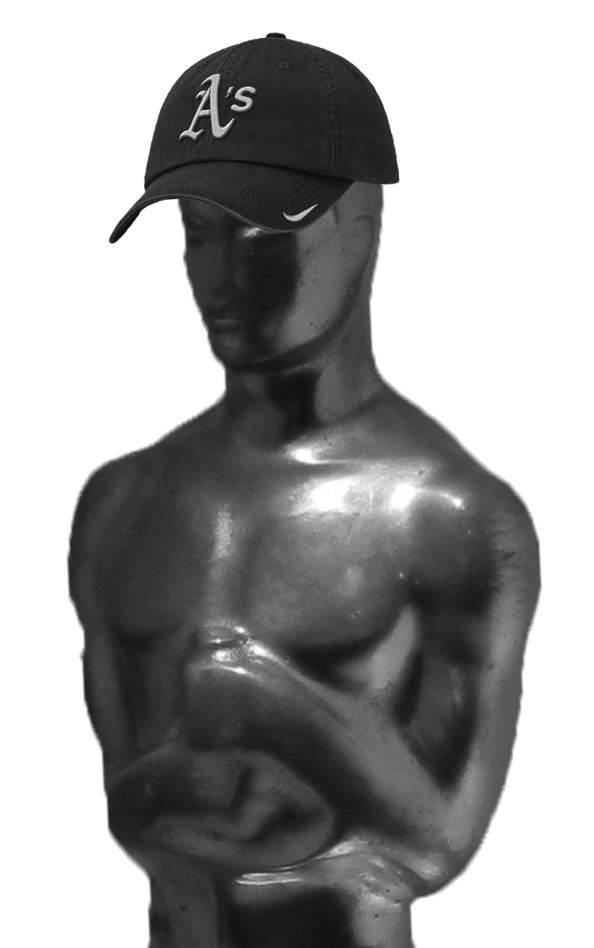What aspect of statistical analysis is most widely-known among the general public?
For a long time I have thought it was the statistical methods associated with quality control and quality assurance. We have SPC, TQC, TQM, 6σ, Lean 6σ, Zero Defects and many other acronyms and slogans embodying statistical concepts and analyses. I’ve always felt—without supporting data—that these statistical ideas reach many more people world-wide than the kind of statistics we teach in universities and colleges, or the statistical analyses carried out in business, government and research. Perhaps I’m wrong, but when I read that in the late 1990s, about two-thirds of the Fortune 500 organizations had begun 6σ initiatives, I found myself thinking of hundreds of thousands—or millions—of people becoming acquainted in some way with statistics as a force for good, contributing directly to profitability, quality and customer satisfaction. What can beat that? Agricultural field experiments, econometrics or survey sampling? I think not. And who is better known in the wider world: Shewhart, Deming, Juran, Crosby, Ishikawa, and Taguchi, or a set of six of our institute’s heroes (Fisher, Hotelling, Neyman, Wald, Blackwell, Scott)?
That was what I used to think. Now I think the most widely-known form of statistical analysis is sabermetrics, the search for objective knowledge about baseball. (The name derives from the acronym SABR denoting the Society for American Baseball Research.) Of course I came to this conclusion after seeing the movie Moneyball, later reading the book Moneyball: The Art of Winning an Unfair Game, and learning about Bill James, the baseball writer, historian, and statistician who in 2006 was one of Time magazine’s 100 “men and women whose power, talent or moral example is transforming our world.” How many Americans, indeed people anywhere, now know that the success of the Oakland Athletics (the A’s) in 2002 (103 wins, 59 losses, a winning streak of 20 games), while having the sixth-lowest payroll in major league baseball, was a result of the use of statistics? All due to a commitment to sabermetrics by the A’s general manager Billy Beane and his assistant, the Harvard economics graduate Paul DePodesta (played in the movie by Jonah Hill as Yale economics graduate Peter Brand). It must be many millions by now.
Moneyball the movie received six Academy Award nominations, including best picture, best actor (for Brad Pitt), best supporting actor (for Jonah Hill). When you saw this, did you think: Movie about statistics nominated for Best Picture! User of Statistics nominated for Best Actor! Statistician nominated for Best Supporting Actor! I did, and I wasn’t the only one. The day before the Oscars our local newspaper contained this: “The plodders in the race [include] … Moneyball, in which Brad Pitt reforms baseball through statistics (that last word may be what kills its chances).” That snide remark suggests that we aren’t quite there yet in terms of recognition in movies, and the casting and direction of Jonah Hill in the role of Paul DePodesta reinforces that view. The picture of DePodesta in Wikipedia shows an athletic(!) type who played baseball in college, while Jonah Hill plays Peter Brand as a tubby geek who looks as though he’s never played any sport in his life. We statisticians are clearly not cool around Hollywood, and neither is statistics, despite Numb3rs and The Big Bang Theory. Notwithstanding these bad signs, I’ve been happy to tell anyone who would listen that Moneyball (book and movie) and sabermetrics are the best advertisement for statistical analysis I’ve ever seen. That is, until I learned of the existence of a contrary view, forcefully presented in The Beauty of Short Hops: How Chance and Circumstance Confound the Moneyball Approach to Baseball. Reading this book (chapter 4: “Two cheers for sabermetrics”) depressed me, and now I don’t know what to think. While I’d like to believe in sabermetrics, I don’t know enough about baseball to tell who is right. The A’s haven’t done so well lately, but that could be because they have changed the game to the point where most teams have their own sabermetricians, and so money becomes important once more. The authors of this book don’t think so, but who knows?
Oddly enough, there’s a similar contrary view in the quality world. The Japanese industrial engineer Shigeo Shingo (1909–1990) who studied the Toyota Production System, gave us the term poka-yoke (mistake proofing) and the notion of zero quality control (eliminating the need for inspection of results). He once wrote, “When I first heard about statistics in 1951, I firmly believed it to be the best technique around, and it took me 26 years to be completely free of its spell.” People want proof that 6σ works, that sabermetrics works: in fact, they probably want experiments, not experience!

Comments on “Terence’s Stuff: Oscars for Statistics?”